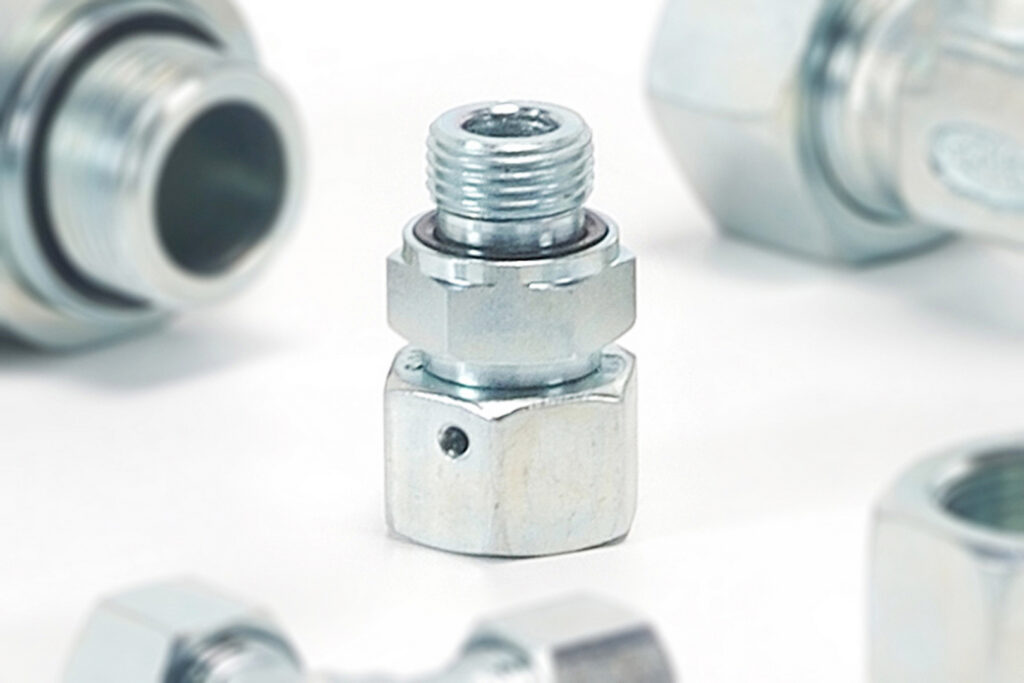
The company manufactures high-quality tube couplings, adaptors, pipe flanges, diagnostic couplings, and allied control valves under the brand name Hyloc for more than 50+ years.


If you’ve been in the Hydraulic industry for any length, you know that single ferrule tube fittings are some of the essential products in your toolbox. They’re designed to be leak-tight so that they won’t leak even under pressure. That’s great news if you have a potential leak or loss! The design also eliminates the need for flaring or flanging—two actions that can cause the tubing to flex and cause problems like leaks. This makes them ideal for on-demand repairs.
The single-ferrule tube fittings are designed in such way that allows easy installation and removal of tubes without damage. This helps reduce downtime during repairs by enabling you to install them quickly and easily, even if you’re working in tight spaces like under machine/power pack/press/test rig etc.
You’ll find some standards to which these fittings are manufactured.
Free cutting Carbon steel is the most common material used for fittings, but stainless steels are also used in some typical applications. The choice of material depends on your application and its operating conditions, such as pressure and temperature.
The single ferrule tube fitting is a leak-tight, vibration-resistant connection that can withstand even the most intense environments. The fittings are easy to install and provide excellent sealing performance in applications where it’s needed most. The fittings are also used in Hydraulic, process and power generation applications.
The manufacturer offers several different models of these products depending on your application needs.
On the other hand, if you have a single ferrule tube fitting that has been in service for some time and needs to be replaced, it’s essential to know how this will affect your current system. Again, the best way is to consult our industry expert who can guide what fittings would work best for your situation.
“Take the first step and make it happen!” For any help and query email us to sales@hyloc.co.in
Call Now: +91 9686059806

The company manufactures high-quality tube couplings, adaptors, pipe flanges, diagnostic couplings, and allied control valves under the brand name Hyloc for more than 50+ years.
